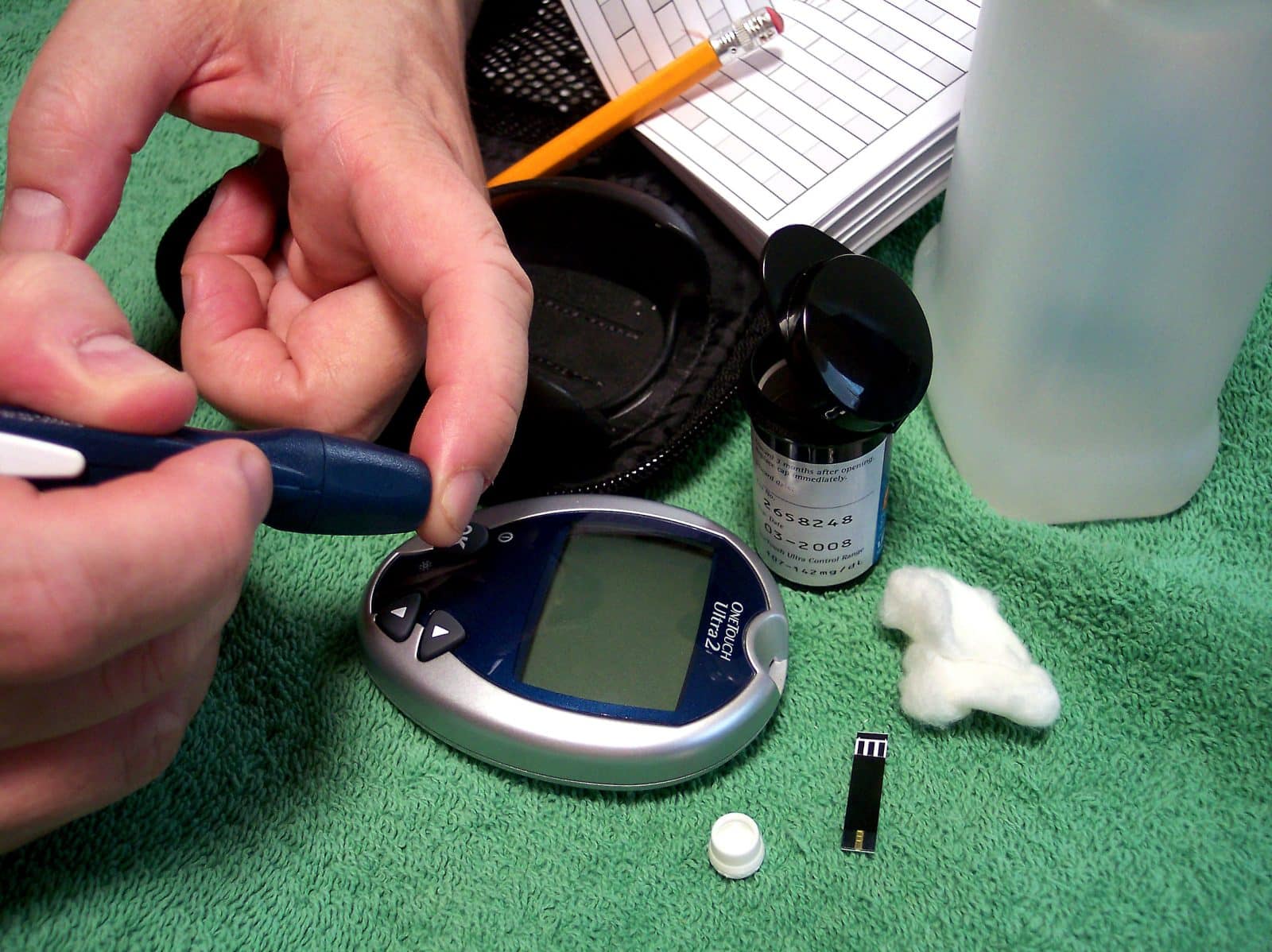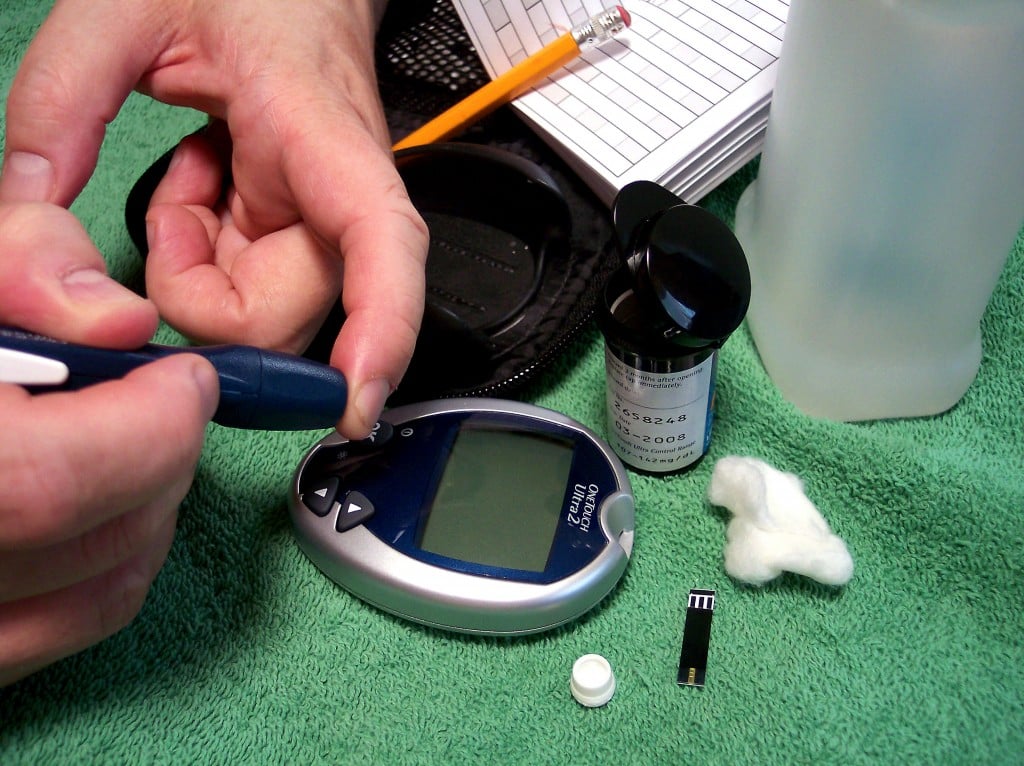The U.S. Centers for Disease Control and Prevention (CDC) released the latest figures in what appears to be a losing battle against new cases of diabetes: from 2010-2012, three million people were diagnosed with the illness. This was an increase from 26 million to 29 million total individuals; nearly 1 out of 10 people have diabetes, with one out of four diabetics not knowing they have it.
In addition, approximately one-third of U.S. adults, or 86 million people, suffer from a condition dubbed, “prediabetes.” When a patient has this type of diabetes, he or she has high blood sugar levels, but these levels are not at type 2 diabetes levels. However, if the pre-diabetic person does not make changes in nutrition, exercise and other related factors, he or she runs a 15-30% higher risk of contributing to the next set of CDC diabetes numbers.
Diabetes on the Rise: Now What?
Before we can fully understand the uphill battle our nation’s doctors face when it comes to diabetes, it is important to have a basic understanding of the disease itself. The illness can come in one of two forms: Type 1 — often inherited, this type relates to the autoimmune system and is brought about by the pancreas’s trouble to create necessary cells used in the production of insulin; or Type 2 — this version relates more closely to obesity and appears after a passage of time.
“These new numbers are alarming, and underscore the need for an increased focus on reducing the burden of diabetes in our country,” according to Ann Albright, director of CDC’s Division of Diabetes Translation. “Diabetes is costly in both human and economic terms. It’s urgent that we take swift action to effectively treat and prevent this serious disease.”
Albright’s concern with the economics of diabetes is not unfounded: medical costs, work leaves and lost wages accounted for $245 billion in 2012. With the seemingly unrelenting increases, it appears the disease will remain ever-present as long as younger populations do not change their habits. Nearly 210,000 Americans under the age of 20 years old have already been diagnosed with one of the diabetes types.
The disease itself can cause sufferers a multitude of health issues, and the potential for kidney failure, heart problems, stroke, limb amputation and death are very real for those who do not know they have diabetes, or for those who refuse treatment. If a person is willing to check blood sugar levels, take proper medicine, watch his or her diet and get active, the disease can have a minimal impact on the ill person’s daily life. Just a few steps can take a person from sick to well, but it is up to us to educate ourselves and others in order to avoid unhealthy and bad choices.
















